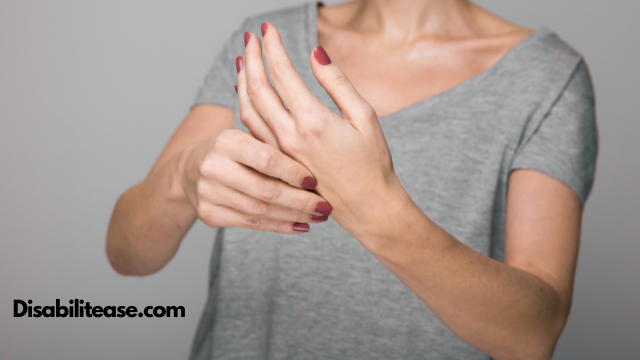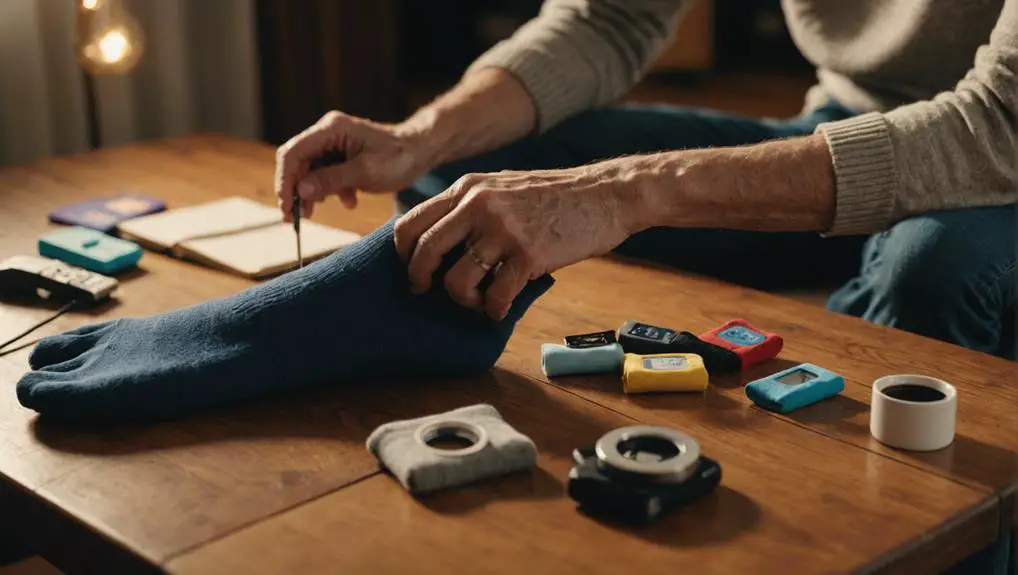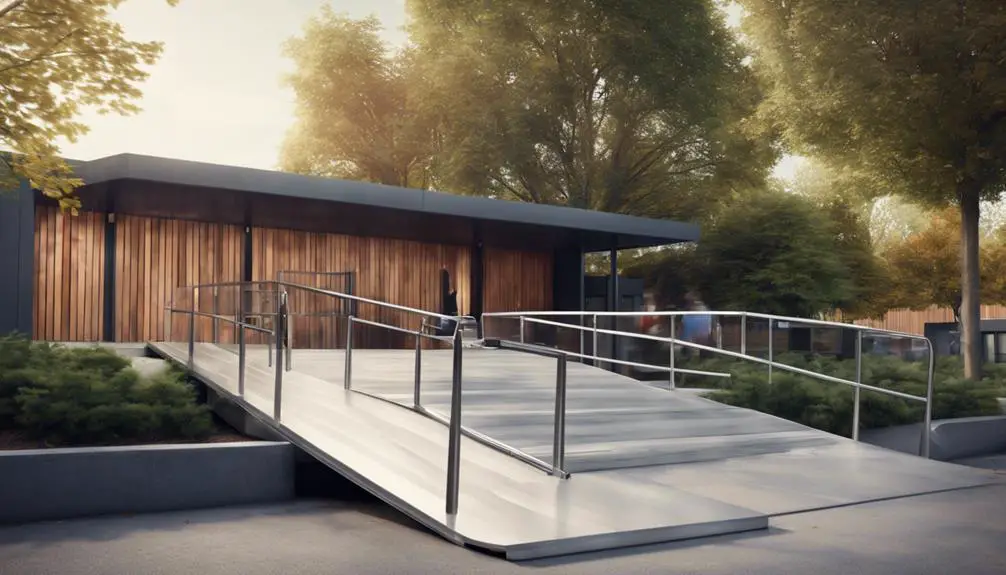Parkinson’s disease is one of the oldest diseases around, and it was first discovered in 1817 by James Parkinson. Since then, doctors have been working on finding the cure, but we have made some significant progress in the last 50 years.

At the time of writing this guide, there’s no cure for Parkinson’s Disease available, but there are some treatments that can relieve the pain for the patients.
We have a related article for you, you can read Which Actors Had Parkinson’s Disease?
If you are interested, keep reading because I’ll tell you about the important discoveries, ongoing research, and other important details. Let’s get started.
Table of Contents
How Many People Have Parkinson’s Disease?
Parkinson’s Disease (PD) is a neurological condition that affects over 10 million people worldwide. In the US alone, more than 1 million people have been diagnosed with PD. According to experts, the risk of getting Parkinson’s Disease increase with age, and men are 1.5 times more likely to develop PD as compared to women.
What’s The Cause Of Parkinson’s Disease?
Doctors have been working on knowing the exact cause of Parkinson’s Disease for decades, but still, they don’t know the exact cause, but they have made some important discoveries that help us understand what causes PD.
If we look at the very basic levels, doctors found that genetics were involved in developing his condition. To be precise, LRRK2 and PINK1 are two of the most important genes which play roles in developing PD.
Secondly, doctors also found that the nerve cells in the brains of PD patients were damaged, and doctors are exploring the chain of events that caused the damage to nerve cells.
In the 1980s, doctors found evidence that Oxidative stress was involved in damaging nerve cells. In the same decade, doctors also found that people with Parkinson’s Disease had problems with their mitochondria which basically produce energy and store them for cells.
These are some of the factors which are involved in the development of Parkinson’s Disease, but the exact cause is still unknown.
What Will A Cure For Parkinson’s Will Look Like?
It’s pretty early to discuss the cure for Parkinson’s, but experts believe that there won’t be a single cure for it because Parkinson’s Disease is a pretty complex condition, and it has over 40 symptoms.
So, instead of having a single cure, there will be different cures depending on the patient’s symptoms. Doctors will use a combination of medication, surgery, and therapies to cure the condition.
What Are The Current Treatments For Parkinson’s Disease?
As Parkinson’s Disease is a complex neurological condition, there’s no straightforward treatment for it, and doctors use different treatments depending on your symptoms and condition. However, these are three major treatments that doctors use to treat Parkinson’s Disease.
Medication
Medication is one of the most common treatments for Parkinson’s Disease. There are different drugs available that help patients with different symptoms. For example, Anticholinergic medications help patients with reducing tremors and muscle rigidity. Similarly, Carbidopa-levodopa increases the dopamine levels in your brain.
Deep Brain simulation
Deep Brain Stimulation (DBS) is an FDA-approved treatment that is used for Parkinson’s Disease when levodopa medication stops working for them. In this treatment, the doctor plants special electrodes, which basically help with the motor coordination of your body. This treatment also helps with tremors as well.
It’s worth noting here that DBS doesn’t stop the PD progression, and it also might not work for everyone. As it’s a surgical procedure, it comes with risks, including infection and other issues.
Exablate Neuro
Exablate Neuro is an MRgFUS (Magnetic resonance image-guided focused ultrasound) device which has been approved by the FDA in November of 2021. The device is meant to help Parkinson’s Patients control tremors that can’t be controlled by medication.
Lifestyle Changes
Many doctors recommend Parkinson’s Patients change their lifestyle and diet, which helps them slow the progression of Parkinson’s Disease. These changes also allow patients to avoid secondary PD symptoms such as constipation.
What New Treatments Can We Expect In The Future?
Scientists have made some significant progress in the right direction of curing Parkinson’s Patients, and they have developed treatments that can stop or reverse Parkinson’s Disease. These are some of the new treatments which are currently in progress, and we can expect in the future.
Stem cell therapies
Scientists are currently working on stem cell therapies where they will replace dead or damaged cells with healthy cells in the brains of PD patients. They have made some progress in this department, but they got mixed results.
Neuroprotective therapies
Scientists are also working on Neuroprotective therapies, which will basically slow the process of losing neurons and prevent Parkinson’s symptoms from getting worse.
Gene Therapies
Scientists also discovered that various genes were involved in developing Parkinson’s, and they are currently working on treatments that will allow them to reprogram cells and change their behavior so that they don’t promote Parkinson’s.
Biomarkers
Currently, doctors don’t have many tools to evaluate the progress of Parkinson’s, but currently, scientists are working on finding a cell or gene (biomarkers) which will help doctors to provide an exact evaluation of the progress of the disease.
When Should You Contact Your Doctor?
The exact cause of Parkinson’s is unknown, but there are some factors that contribute to it, and genetics is one of them. If any person in your family has Parkinson’s, it’s important that you consult your doctor and get an evaluation.
Also, you should look for Parkinson’s symptoms, and if you develop any of these symptoms, you should consult your doctor to get timely help. These are some of the symptoms of Parkinson’s.
· Tremors
· Difficulty sleeping
· Sense of smell is affected
· Constipation
· Difficulty walking
· Difficulty in controlling movements
· Speech and writing changes
· Rigid Muscles
Why Is There No Cure For Parkinson’s?
The reason why they are still unable to find a cure is that our brain is a complex organ with over 86 billion neurons and 85 billion nonneuronal cells. Also, scientists found the involvement of genes in the development of the condition.
As there are so many tiny factors involved, there’s no surprise that it’s taking years to find the exact underlying cause. Once they find the exact cause, only then will they be able to find an effective cure for it. Until then, we will have to rely on medication, therapies, and diet to ease the symptoms of Parkinson’s.
Why Do People Get Parkinson’s?
The exact underlying cause of Parkinson’s, but at a basic level, the combination of genes and other unknown factors triggers a chain of events that leads to the death of nerve cells that cause Parkinson’s.
Does Parkinson’s run in families?
Parkinson’s can surely run in families, but it happens rarely, and there’s no pattern here. It only happens if the fault gene passes on to a child from their parents.
At what age does Parkinson’s usually start?
Parkinson’s is most common in people with age 60 and above. However, in some rare cases, it can also develop in teens, but mostly it’s common in people older than 50 years.
Also, you have to check out my post on What Food Helps Parkinson’s Disease?
Conclusion
Parkinson’s doesn’t have a cure yet, but there are some effective treatments that can ease the symptoms. Patients in the early stages of Parkinson’s can slow the progress of the disease by adjusting their lifestyle and changing their diet.
Also, they can use medications that will help them with symptoms. Currently, many organizations are spending a lot of time and effort on finding a cure for Parkinson’s, and we will surely see some promising progress in the near future. If you have any questions, please feel free to ask in the comments.

Hi, my name is Eddie, I am a professional trainer specializing in the elderly population and I’m also a website designer. I love training in the gym, going to the beach, traveling, and having good food.
I combined my love for sport and website designing to make “DisabilitEase” whose purpose is to help elderly and disabled people live a more full and active life, have more fun, and enjoy their unique journey despite any disability.


